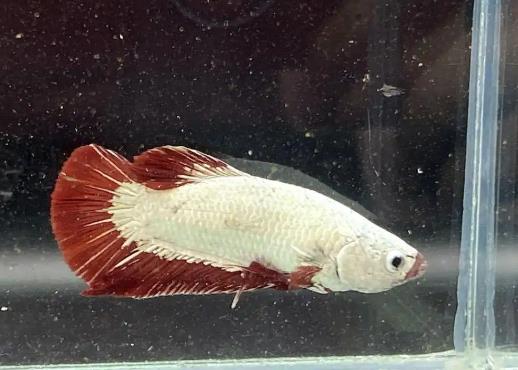Guide to Keeping Female Bettas in a Community Tank
Female bettas are less aggressive than their male counterparts, but careful selection of tankmates is still necessary. Here are some proven safe community tank setups:

Recommended Tankmates
Zebra Danios: Fast-swimming and gentle-natured, they form a natural defensive barrier with female bettas. It's advisable to maintain a 1:3 fish ratio and set up multiple hiding spots.
Platies: Moderate in size (3-5cm), their schooling behavior can distract bettas. The water temperature needs to be kept stable within the 24-26°C range.
Neon Tetras: About 9 can be kept in a small tank of 15cm or larger; their quick swimming makes it hard for bettas to target them.
Mollies: Strong disease resistance and fast swimming. It's recommended to have a fish tank of ≥40cm with densely planted aquatic plants.
Plecostomus: Their bottom-dwelling nature naturally separates them from bettas, which are active in the middle and upper layers.
Key Considerations
Tank Setup:
Minimum volume of 40cm (60cm is better). For each additional fish, the tank needs to be expanded by 5 liters.
It's essential to set up hiding plants like moss and anubias, with a coverage rate of 30-40% recommended.
Water Quality Management:
Maintain a pH of 6.8-7.2 and ammonia concentration <0.02mg/L.
Control the temperature difference within ±1°C when changing water.
Behavior Observation:
In the first 7 days of cohabitation, observe for 5 minutes every hour, focusing on aggressive behavior in the morning and after water changes.
If continuous chasing and biting are observed, isolate the fish immediately, as the mortality rate from wound infections reaches 92%.
Special Note: The aggressiveness of female bettas increases 3-5 times during the breeding period, and it's recommended to keep them alone at this time. The success of community tank keeping is strongly related to individual personalities, so a 3-day trial period is advisable first.
